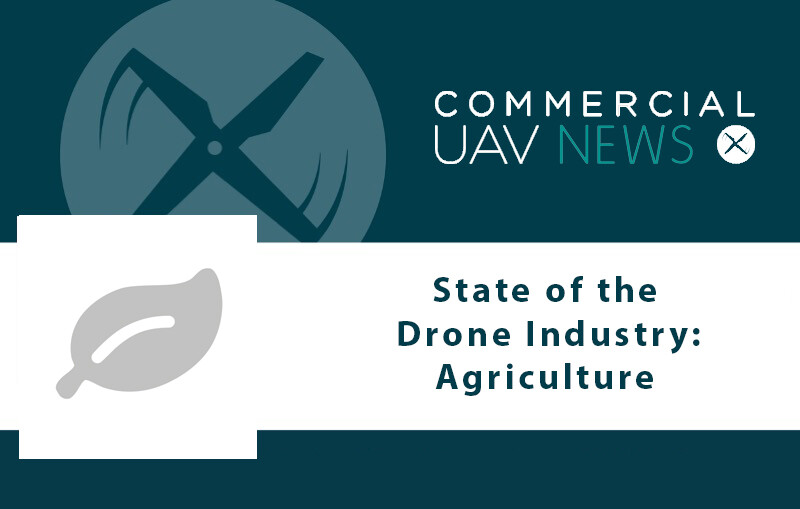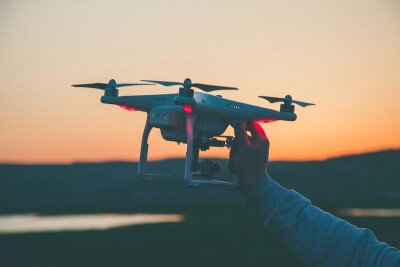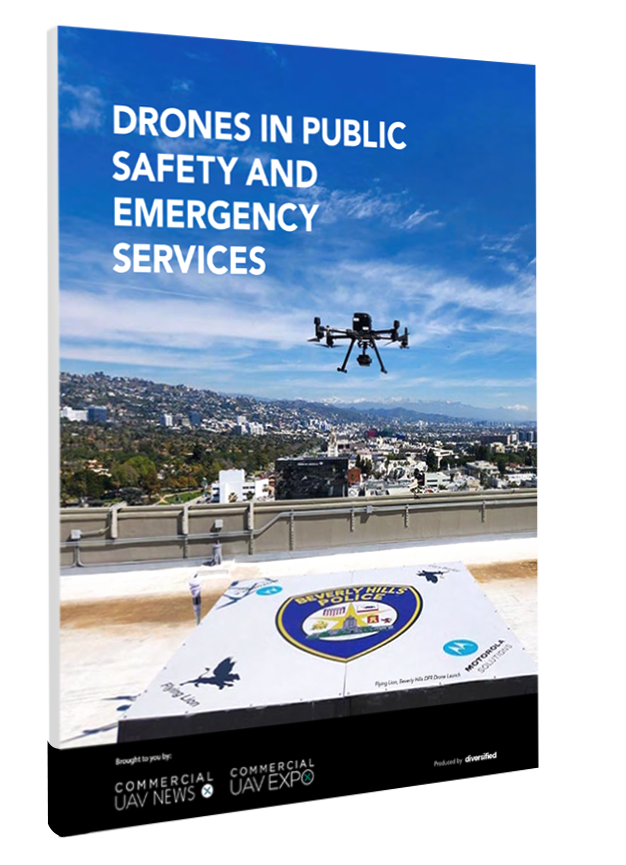For Commercial UAV News’ “State of the Drone Industry” series, experts from the fields of public safety, mining, security, energy, and more discuss the ways commercial UAVs are transforming their fields. They also present their insights and analysis on the challenges ahead.
In the latest installment of the series, Adam Gittins, General Manager of HTS Ag, talks with Commercial UAV News about the use of drones in the agriculture sector.
According to Adam Gittins, General Manager of HTS Ag, the agriculture industry is on its way to fully embracing UAVs—and looking for new and better ways to adapt the technology to farming.
“I don’t know that we are over the hump of the curve with drone adoption, but I think we are past the ‘early adopter’ stage,” he said.
Recent reports project that the agricultural drone market will exceed $1 billion by 2024. Increased use of drone technology to perform standard farming tasks, such as spraying crops with pesticides and fertilizer, is driving much of this growth. And the prospect for using drones for aerial mapping of growing areas and other cost-saving, productivity-enhancing tasks is pushing agriculture professionals toward new technologies.
“I’ve been in the industry now for about 20 years, and it is miraculous how much we have changed technology in farm operations,” Gittins stated. Much of that change has come from the use of drones.
“At HTS Ag, we’ve been in the drone space for many years now,” he explained. “We saw an opportunity early on to do some image stitching and get aerial imagery at very high resolution for very low cost. We found we could get high-quality imagery of the fields when we wanted it and whenever we wanted it.”
Building on its early success with drones, HTS Ag has engaged with vendors to use software to produce high resolution maps from images captured using UAVs. These images allow farmers to pinpoint problem areas in fields. HTS Ag has also pioneered the use of GPS to enhance the automation of farming processes. Last fall, the firm announced a partnership with the drone manufacturer Hylio to advance the use of UAVs in crop spraying.
According to Gittins, companies like his are pushing the use of this technology in agriculture to increase productivity and efficiency. He suggested that, in the near future, drones could be used for aerial seeding of crops and for enhanced surveillance of livestock over large pastures and rugged terrain. Gittins cautioned, however, that there are obstacles to these and other new applications for drones in agriculture.
“I think there’s potential for something like aerial seeding of crops to happen with drones, but when we think about issues such as regulations, logistics, weight capacity, and cost effectiveness, it’s just not real practical today to use a drone,” he said.
Another problem for drone proponents is beyond visual line of sight (BVLOS). “This is a hurdle for us in a lot of areas, because we may need to go just over the tip of a hill, especially when we‘re talking about non-populated cropland,” Gittins explained.
The use of drones in these areas poses few, if any, safety hazards.
“Unlike many other industries, we don't have a lot of people, or even any people, out where we’re flying, so if that drone goes down, the potential for damage is greatest to the drone itself or to the crops that may be damaged,” Gittins said.
“With something like a spray drone, we only want it to be about 10 feet above the crop or no more than maybe 20 feet off the ground, so midair collisions and flying over people are not really going to be problems,” Gittins explained. “Giving us the ability to fly a little farther out would relieve a burden and be a huge savings for us.”
Also, Gittins stated, regulatory changes to increase the size of drones used in agriculture could enable more adaptations of the technology. “It’s fairly burdensome to get regulatory approval to fly something above 55 pounds right now. It's not as simple and straightforward as it is with the smaller drones.”
Overall, Gittins said, “some commonsense regulation would be greatly appreciated in the agriculture industry, because we can do it safely.”















Comments